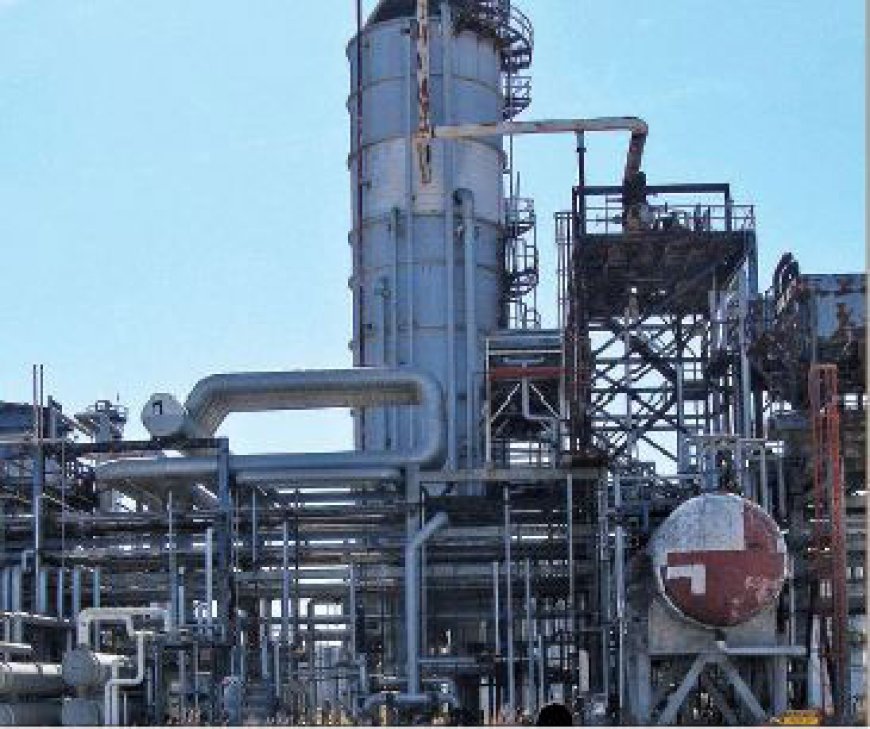Petroleum Industry releases its Quarter One (Q1) 2023 Performance Results

Nairobi
Wednesday August 2, 2023
KNA by Michael Omondi
The Petroleum Institute of East Africa has held a briefing on the state of the petroleum industry themed, Enabling Private Sector to Spur Wealth Creation by presenting the Quarter One (Q1) 2023 Performance Results.
From the press statement, the global economy is recovering from back-to-back macroeconomic shocks of Covid-19 and the Russia-Ukraine War and is thus expected to slow down from 3.4 per cent in 2022 to 2.8 per cent and 3.0 per cent in 2023 and 2024, respectively.
The Kenyan economy expanded by 5.3 per cent in the first quarter of 2023 compared to 6.2 per cent growth in the corresponding quarter of 2022 due to the emerging markets and developing economies expected to slightly slow down from 4.0 per cent growth in GDP in 2022 to 3.9 per cent in 2023 and rebound to 4.2 per cent in 2024.
Inflation, on the other hand, rose from an average of 5.34 per cent in the first quarter of 2022 to 9.13 per cent in the first quarter of 2023, mainly due to significant spikes in food and energy prices whilst the manufacturing sector is estimated to have expanded by 2.0 per cent in the first quarter of 2023 compared to 3.8 per cent growth in the corresponding quarter of 2022.
According to the report, the consumption of petroleum energy has remained constant in the first quarter of 2023 (1,463,790 cubic meters) compared to the previous quarter ending December 2022 (1,457,717 cubic meters), however, it is notable that there has been 1 per cent increase in the first quarter of 2023 as compared to the same period in 2022 (1,453,373 cubic meters).
“The main specific product drivers of this increase are aviation fuel (Jet-A1) at 5 per cent growth which can be directly attributed to an increase in air travel locally and is a good indicator of improved performance in the tourism sector.
AGO (diesel) had a 1 per cent increase with Lubricants growing by 9 per cent mainly attributed to growth in the Agriculture sector by 5.8 per cent in the first quarter of 2023 compared to a contraction of 1.7 per cent in the first quarter of 2022 on account of favorable weather conditions as well as the Government launch of the Fertilizer Subsidy Programme that led to enhanced production,” read the report.
Nevertheless, consumption of PMS and AGO has remained constant with a marginal drop in volumes of PMS by 1 per cent and a growth in AGO of 2 per cent as high prices choked demand for super, diesel and kerosene.
The report revealed that Retail outlets, Resellers and Civil Aviation continued to dominate petroleum consumption despite a 2 per cent drop in the retail segment from 52 per cent in Quarter 4 of 2022 to 50 per cent in Quarter 1 of 2023 in the backdrop of high petroleum product prices impacted by the high crude oil prices.
Further, Resellers, other commercial sectors and building and construction sectors maintained their growth at 20 per cent in Q4 2022 vs 19.7 per cent in Q1 2023, 5.12 per cent in Q4 2022 vs 5.13 per cent in Q1 2023 and 0.58 per cent in Q4 2022 vs 0.6 per cent in Q1 2023 respectively.
However, there was a decline in growth in the transport and communications sector (3.73 per cent in Q4 2022 vs 3.39 per cent in Q1 2023 as well as the manufacturing sector (1.55 per cent in Q4 2022 vs 1.43 per cent in Q1 2023) as well as the building and construction segments which experienced marginal drops mirroring the economic activity to a near-stagnated demand in the economy amid record high prices.
In addition to the Civil Aviation sector growing from 11.9 per cent in Q4 2022 to 14 per cent in Q1 2023 owing to the 5 percent increase in Jet-A1 consumption due to an increase in air travel, the Energy sector grew from 3.17 per cent in Q4 2022 to 3.93 per cent in Q1 2023 mainly supported by increase in production of electricity in the quarter under review.
In the period March 15th, 2023 – April 14th 2023 pricing cycle, the maximum allowed pump prices for Super Petrol increased by Sh 2/-, while that for Diesel and Kerosene remained unchanged from the previous cycle.
From the report’s full disclosure, the price of Diesel was cross-subsidized with that of Super Petrol while a subsidy of Sh 23.49/litre was maintained for Kerosene in order to cushion consumers from the otherwise high prices.
However, in the period April 15th, 2023 – May 14th, 2023 pricing cycle, prices have remained unchanged and it will be interesting to note the consumption in Q3 2023 following price review pursuant to the Finance Act 2023 taking into account VAT at 16 per cent.
All in all, the top 10 petroleum companies had a combined overall market share of 78.76 per cent in Q4 2022 as the figure rose to 81.64 per cent in Q1 2023, indicating waning growth in mid-tier companies.
Vivo Energy, Total Energies, RUBiS Energy and OLA Energy maintained their top five positions with RUBiS Energy gaining growth in overall and local market share coinciding with their growth in the retail segment.
Courtesy ; K. N. A
What's Your Reaction?



































































































































































































































































































